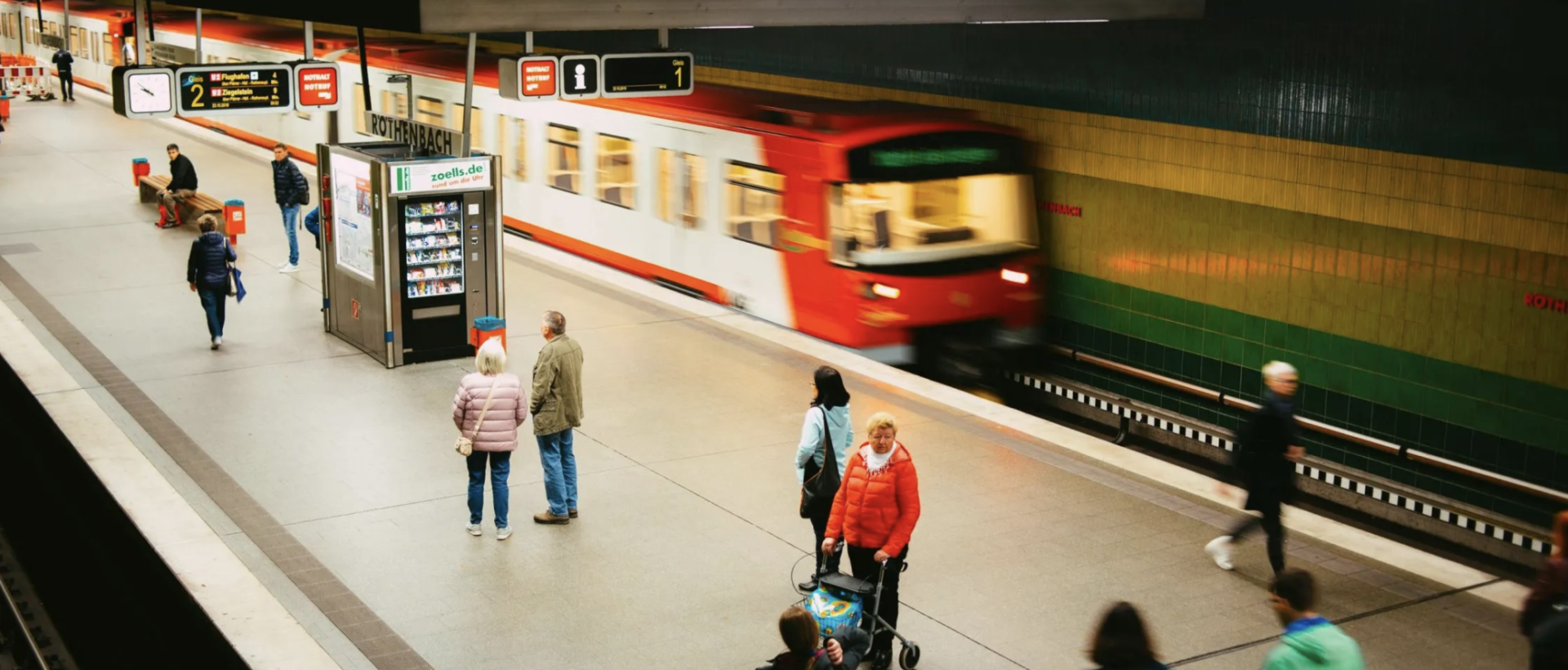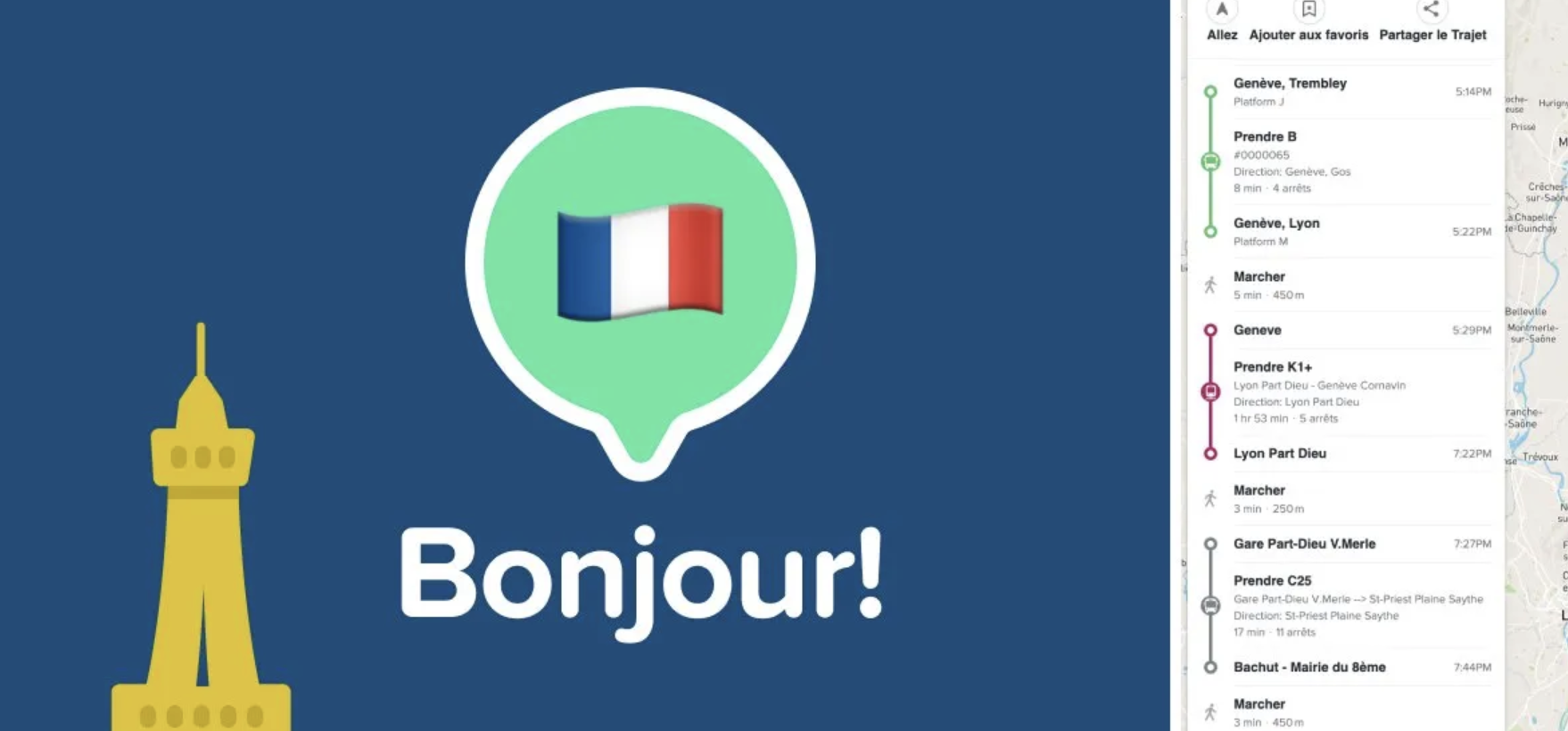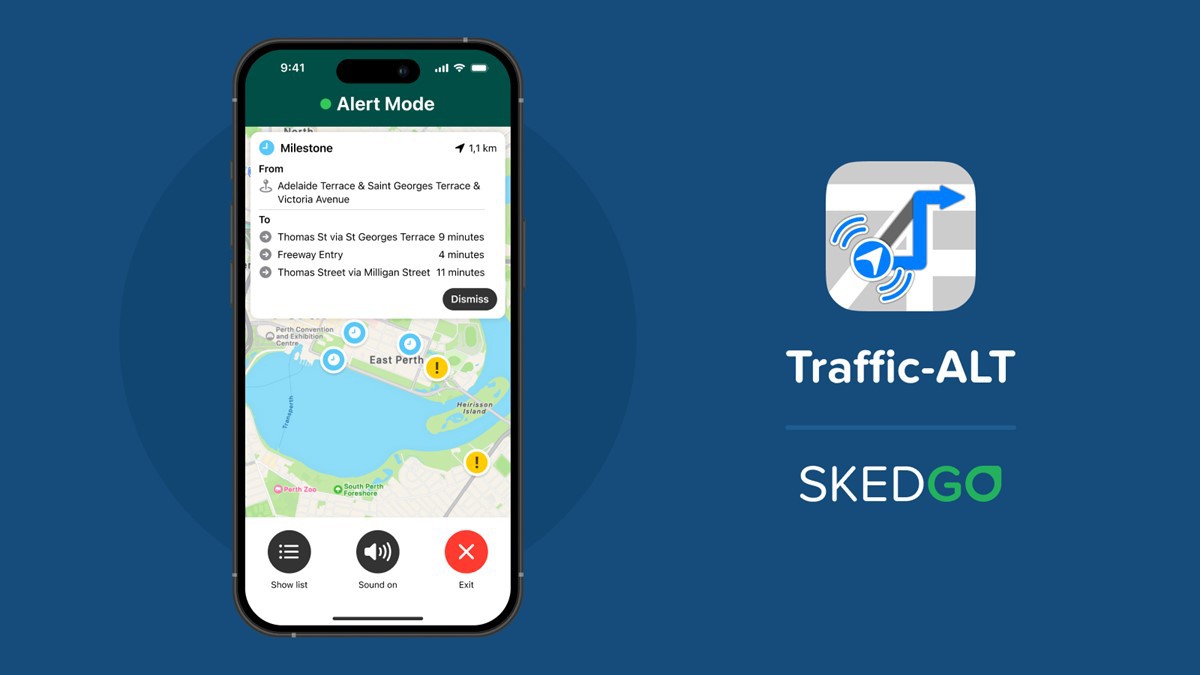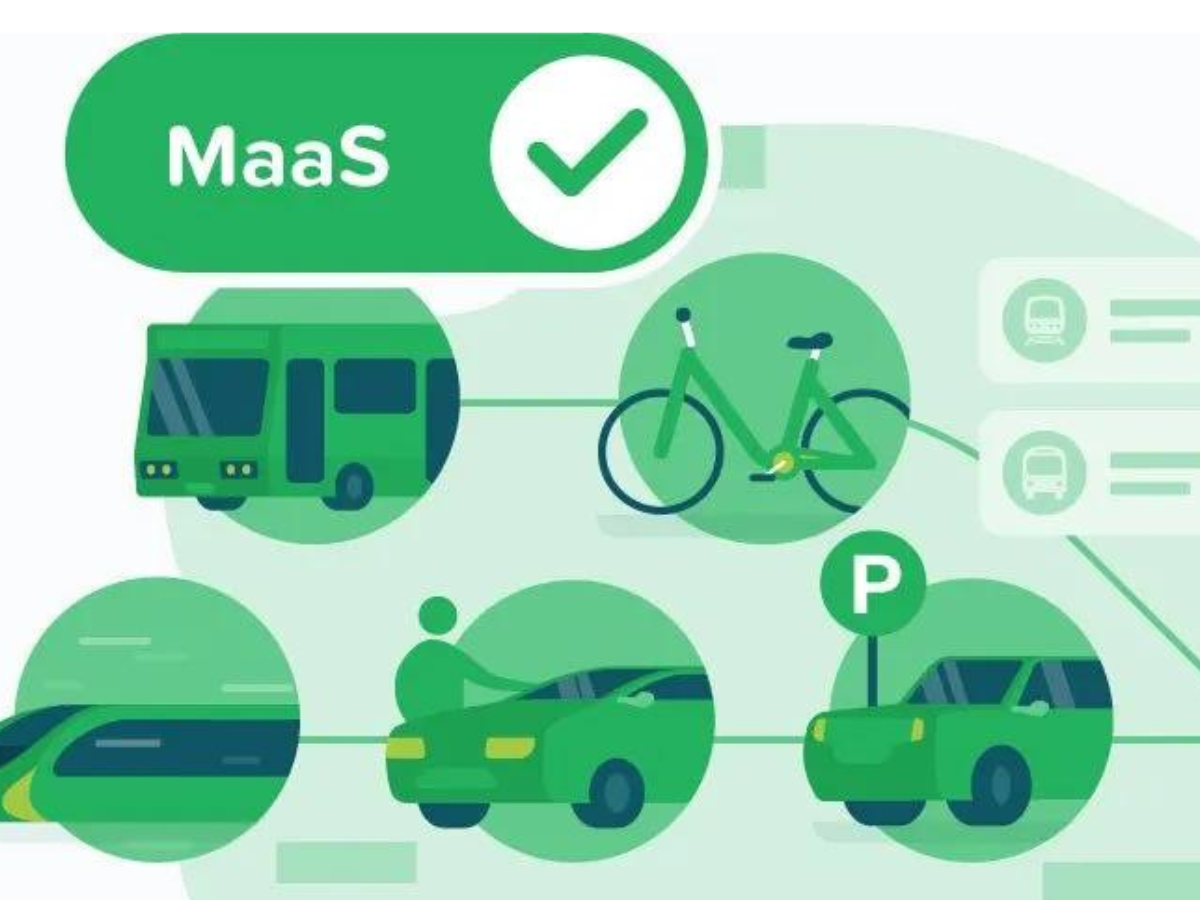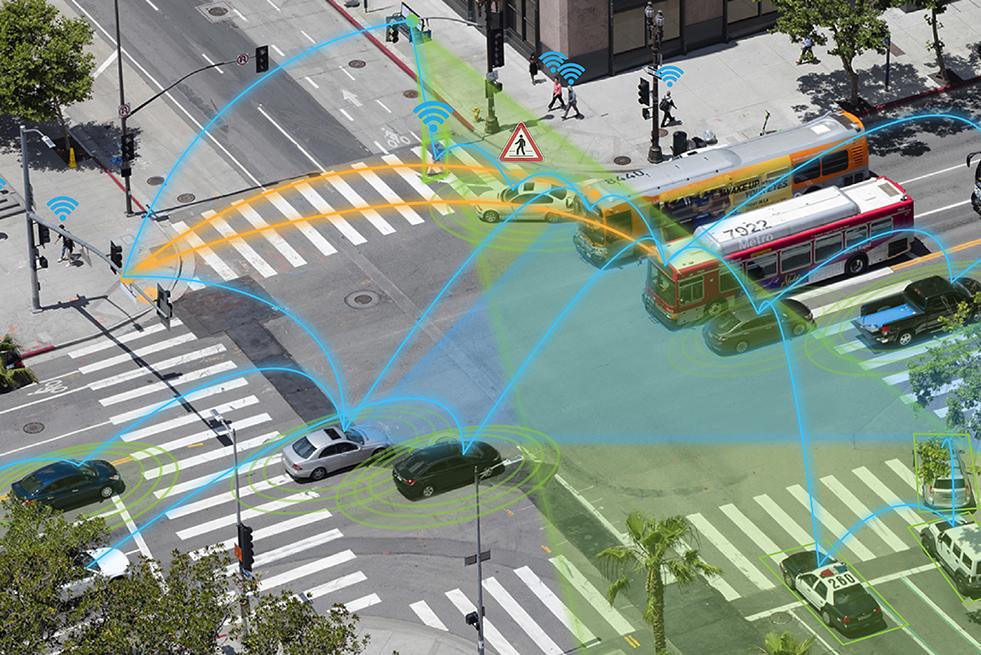Over the past few years, ‘resilience’ has become more important than ever, from navigating through a pandemic to reducing carbon emissions.
It’s a critical part of transport management, ensuring that people and goods can continue to move around in the face of obstacles such as extreme weather conditions, major road, rail or air incidents and infrastructure failures.
Lack of resilience has profound economic and social consequences for both businesses and individuals alike. Pre-COVID, traffic congestion alone cost the US $87 billion in lost productivity in a year (source: WEF). The frustration and stress (not to mention wasted hours) have a detrimental impact on wellbeing and the environment.
COVID-19 also taught us that our transport systems are not as robust as we thought. It saw the transport sector become vulnerable to unexpected changes, such as lockdowns and travel restrictions, with many people forced to explore alternative mobility solutions. In this context, mobility as a service (MaaS) may be able to support local governments in building a more resilient transport system.
What Is a Resilient Transport System?
According to The Geography of Transport Systems, “…resilience is the capability to recover from a disruption to an operational level similar to prior to the disruption in a timely manner. The longer and deeper the impact of the disruption on operations, the less resilient a transport system is.”
Resilient transport systems can take many forms. For example, they could include a multitude of transport modes to support communities dependent on requirements. During COVID-19, vehicles switched from moving people to moving goods and medical supplies while micromobility options were offered to key workers to help them get to work safely. A key aspect of resilience is the ability to be dynamic and on-demand. This could mean flexible pricing and routes or multifunctioning spaces. Many cities, for instance, responded quickly during the pandemic to increase cycling lanes and encourage active travel.
A further aspect of transport resilience is the ease with which travellers can access available transport within their region. Interconnected transport hubs, reliable information and the ability for people to plan and manage journeys across multiple modes are vital. To achieve this, all stakeholders must operate in an open environment rather than in silos to encourage a flexible and responsive system. Another important factor is the balance between resilience and efficiency. Often at opposing ends of the spectrum, together we must build both into transport systems.
How Can MaaS Support Resilient Transportation?
Technology is a key component in a resilient transport system. Its importance in Sustainable Urban Mobility Planning (SUMP) is highlighted in the guide ‘Planning for more resilient and robust urban mobility’, which also adapts seven principles from the City Resilience Index as a framework. Here we look at how MaaS aligns with each of these principles to help make mobility more resilient:
- Reflectiveness: MaaS data can provide local governments with insights into where and when individual mobility options are being used and how they’re being combined for multimodal journeys. This helps to consider new trends, prepare to adopt new mobility options, and decide how best to promote multimodality and incorporate space-saving sustainable transport modes.
- Robustness: Multi/mixed modal transportation and intelligent, contextual routing provide real-time trip planning, which reduces reliance on any one mode of transport, including single-occupancy car use. Including information on cycle lanes and pathways provides further ways to move around and, for example, can encourage active travel or promote social distancing.
- Redundancy: Data from MaaS platforms can help to balance utilisation with intentional redundancy so that transport systems remain efficient while offering spare capacity in times of emergency. This could be used to move goods instead of people or provide a temporary allocation of additional modes so people can get from A to B.
- Flexibility: MaaS apps can reroute travellers automatically as soon as disruptions occur, offering alternative modes and times as well as updating pricing and payment automatically. Personalisation of trip results based on speed, comfort, cost, CO2 emissions, calories burnt, or even the ability to avoid certain modes altogether helps to adapt journeys to the needs of users too.
- Resourcefulness: The best MaaS apps aggregate all available mobility options in one place, making it more easily accessible for everyone and reducing the complexity of navigating transport systems. MaaS systems also helps local authorities and transport operators make the best use of resources when problems occur, alerting travellers in real time and providing alternative options to keep everyone moving as smoothly as possible.
- Inclusiveness: MaaS platforms can provide information on wheelchair-friendly routing, services, and footpaths; advise on crowding levels on public transit and support screen readers for people with visual impairments. It can also support other disadvantaged communities, including low-income families, as highlighted through our work with Feonix – Mobility Rising. This ensures that everyone has access to society’s mobility ecosystems.
- Integration: The ability to integrate third-party tools and APIs makes for a powerful MaaS platform that can continually evolve to meet the needs of both governments and communities. This includes integration with, for example, IoT sensors, footpath mapping technologies and analytics tools to provide accurate, contextual data that can also help to shorten the feedback loop between stakeholders during times of disruption.
Resilient Transport Matters
Transportation is critical to the functioning of the economy, city and individual daily life. When a transport system is resilient, it means people and goods can move around with minimal disruption. Public and private vehicles break down, bad weather closes bridges, and traffic congestion or accidents bring highways to a crawl. MaaS solutions can help to provide alternative routes and modes in real time, providing a more adaptable and robust urban transport network – one which also helps to reduce risks and keep mobility ecosystems functioning even in times of crises.
This article was originally published by SkedGo.



